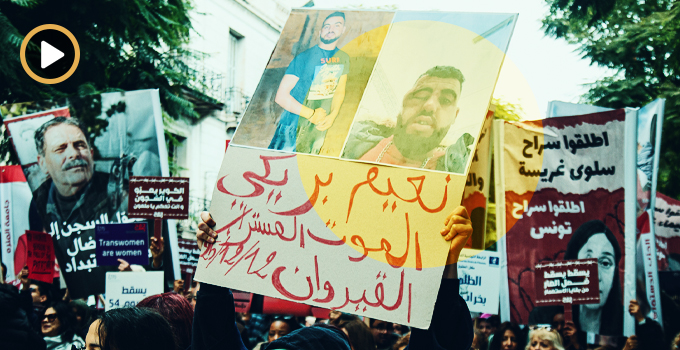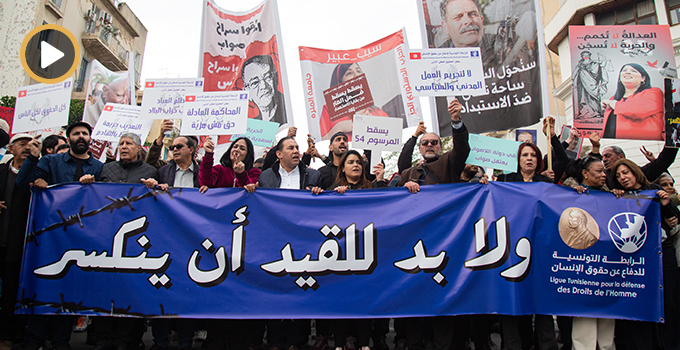The covert internet may benefit the Mumbai terrorists, but it also helps and protects the good guys
In the internet age, even the subversives are open-source, sharing their digital knowhow. Today’s cyber-dissidents hold public conferences and advertise them on the web.
If you can’t make it in person, you can be there virtually: watch live video streaming, read the blogs and catch the Facebook, Flickr and Twitter updates.
This year I attended (physically) the Citizen Media 2008 Summit, organised by Global Voices Online, an international advocacy and free speech organisation. The two-day gathering in a hotel in downtown Budapest brought together bloggers, citizen journalists, human rights and environmental activists from across the world to exchange technical knowledge and communication techniques. Meeting cyber-activists from China, Syria and Morocco was a revelation.
But beyond the familiar world of instant access and ready information lies another, little-known place: the covert internet. It’s there that two distinct but linked developments are moving into the mainstream. We are only beginning to understand their impact, but both have profoundly significant consequences for the future.
First, encrypted communication methods that were previously the preserve of governments and security services are now easily available to anyone with an internet connection. They are free, can be downloaded and are reasonably straightforward to use. The second is the potential of social networking and video upload sites such as Facebook and YouTube to galvanise activists, bypass state censors, publicise and take action against injustices.
The technology itself is neutral. It can be used for good, as we discussed in Budapest, or for evil as we saw in Mumbai. There the terrorists apparently used internet telephony, which is almost impossible to tap, GPS, and handheld web browsers for co-ordination and communication. A recent US military intelligence paper even discusses the potential of Twitter, the micro-blogging network, to co-ordinate terrorist attacks.
What the covert internet can do is disguise the IP address that identifies your computer and leaves a trail across cyberspace. TOR, the Onion Router, bounces users’ web requests through a series of routers around the world. Think of it as a cyber-cell system, where no single router knows the whole path of your data request. TOR is usually bundled with Privoxy, a web go-between that requests and forwards data. Both can be
configured with the Firefox browser, which can be fitted with a TOR button for secure and non-secure browsing.
Concerned who might be reading your e-mails? GNU Privacy Guard is more complicated to install but allows you to encrypt, send and store e-mail and data, with a digital signature.
Other tricks can be employed by even the most inexperienced computer user. Using https rather than http in Gmail (this can be set as default) keeps your webmail encrypted between your browser and Gmail’s servers. Those wary of sending any e-mails because of the data trail they leave can use the drafts folder on any free webmail service as a continually updated message board for anyone with access to the account. My own favourite is Guerrilla Mail, which provides instant, free, disposable e-mail addresses. Perfect for those annoying websites that ask you for an e-mail address so they can send a link to click on.
Reporting this information is not providing terrorists with a primer. They already know all about proxy servers, webmail draft folders and encrypted e-mails. As The Times has reported, terrorists are already using sophisticated communication methods, including secure chat rooms and steganography, hiding information in digital photographs of child pornography. Anyway there is no such things as 100 per cent security on the internet and intelligence services are aware of TOR’s vulnerabilities.
The covert internet is an opportunity: not only does it allow people to exercise the kind of freedom that terrorists would take away, it also restores the balance between citizens and an ever-more intrusive State.
There is a kind of glorious anarchy about the covert internet. No matter how much it enrages the world’s dictators, they simply cannot control it. The fight for freedom of expression is the front line of the war between decrepit regimes and modernity, and it’s one they will inevitably lose.
The extensive palace complex of Tunisia’s septuagenarian dictator, President Zine el-Abidine ben Ali, for example, is off limits to his citizens. Anyone caught taking photographs of the vast complex are likely to be arrested. But cyberspace is beyond President ben Ali’s reach. There his palace is besieged by human rights activists. Fly there on Google Earth, open the sidebar, click on “layers” and then on “YouTube”, and watch 16 YouTube buttons pop up. Each is a video clip or news report about human rights abuses.
This is the real Tunisia, where poulet rôti (grilled chicken) is not only a dish served at a beachside restaurant but one of the secret police’s torture techniques: victims are trussed up like a chicken, tied to a pole and beaten senseless. These are things that President Ben Ali definitely does not want you to know about. But now, thanks to the covert internet, you do.
Adam LeBor is the author of Complicity with Evil: The United Nations in the Age of Modern Genocide.
By Adam LeBor, Times Online




iThere are no comments
Add yours